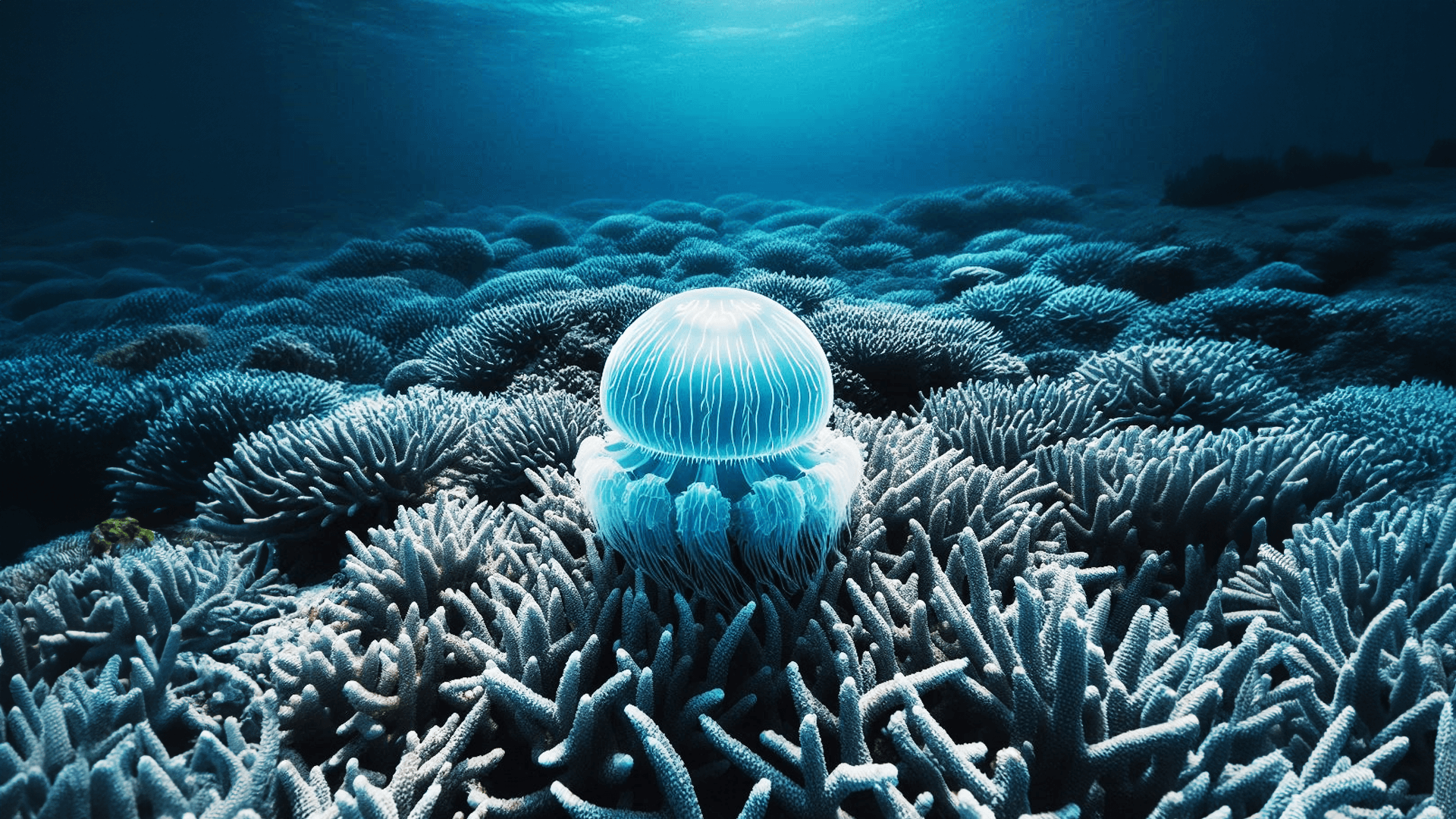The short answer is, yes. A team of researchers recently spotted a deep-sea anglerfish near the surface, far from where it belongs – the Midnight Zone.
Remember the fish from Finding Nemo with knife-like teeth, huge eyes, and a glowing lure on its head? Well, it’s a real creature, and scientists recently spotted one somewhere it should not be, the surface.
Called the Black Sea Devil, a type of carnivorous anglerfish, this creature is primarily found in deep waters across the Atlantic, Pacific, and Indian Oceans. They live in the bathypelagic zone of the ocean, also known as the Midnight Zone which ranges up to 3,000 meters below the surface.
Sunlight does not penetrate this zone rendering it perpetually dark and any light in this area comes from bioluminescent organisms, like the Black Sea Devil. Moreover, the food here is scarce with most nutrients coming from marine snow that drifts down from the upper layers of the ocean making feeding competition high.
Last month, a live adult Black Sea Devil was spotted near the surface off the coast of Tenerife, Spain. A team from Condrik Tenerife, an NGO that focuses on shark and ray research and conservation observed this whilst conducting a research campaign on pelagic sharks.
Initially mistaking it for plastic, this sighting marks a first as only larvae or dead adult specimens have been recorded. However, the fish was injured and only managed to survive a few hours after which its body was transferred to the Museum of Nature and Archaeology in Santa Cruz de Tenerife for further study.




















